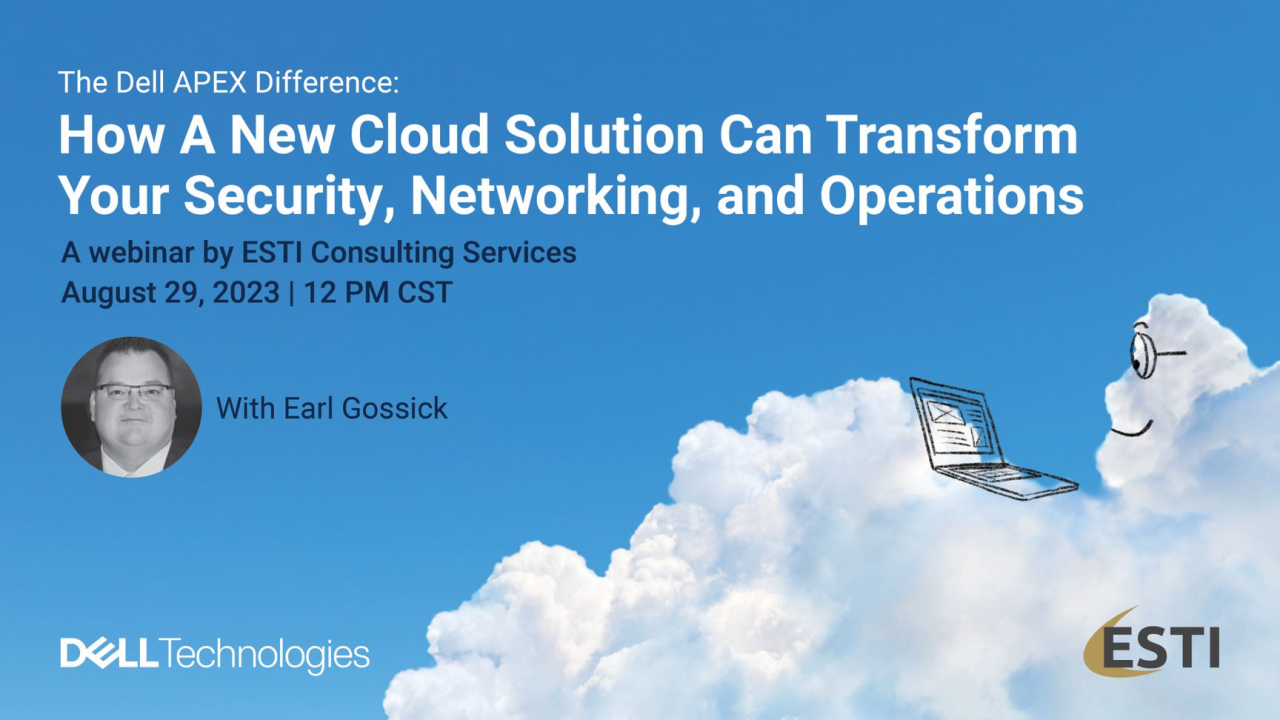Conference Overview
What do you get when you combine over 40,000 registered attendees, the resources of one of the world's largest software companies and five days in sunny California? Besides a sunburn and perhaps an acute case of agoraphobia you get Oracle OpenWorld, held annually in the beautiful city of San Francisco, CA. Describing Oracle OpenWorld succinctly is a futile endeavour. It is not just a networking activity. It is not just a trade show. It is not just an excuse for thousands of computer geeks to congregate and celebrate their superior intellect. Oracle OpenWorld is a combination of these elements and much more.
First and foremost, OpenWorld is a forum for Oracle to introduce new products and emerging technologies to its customers and partners. Keynote addresses, sessions and hands-on labs provided a great deal of information, and it was easy to become somewhat overwhelmed. It would have been useful to have some kind of technology sherpa to help navigate through the unrelenting barrage of industry buzzwords and acronyms like "fusion", "enterprise", "best of breed", "business intelligence", "standards based", ADF, JSF, BPEL, APEX, POJO, MOJO (okay, I made that last one up). Perhaps in the future Oracle could include some kind of cryptex in the conference materials that attendees could use to decipher some of the jargon.
Besides bringing together thousands of information technology professionals, OpenWorld also attracts the leaders of some of the industries leading companies including Oracle, Sun Microsystems, Dell, Hewlitt -Packard, Cisco Systems and AMD. Most of the keynote addresses could be seen remotely via closed circuit television, and are available for download from the Oracle website. Charles Phillips, the president of Oracle, gave the first keynote address welcoming attendees to the conference and to the city of San Francisco. He discussed Oracle's future business strategies for Oracle Fusion Middleware and grid computing. Of all the keynote addresses presented at this year's conference, I was most looking forward to seeing Michael Dell (Chairman of Dell, Inc.) and Larry Ellison (CEO of Oracle). Michael Dell discussed the latest server products available from his company, while Larry Ellison announced that Oracle will now be offering full support for Red Hat Linux customers (see photo below). I'm not sure exactly what I was expecting to take away from these talks but I suppose that I was hoping that people like Dell and Ellison would take more of a "big picture" approach and discuss their vision of the future of the industry rather than concentrate on a few specific products and services. While it was an interesting experience to see these industry heavyweights in person, my suggestion would be to spend less time at the keynote addresses and more time exploring the Exhibition Halls or catching a few extra sessions.
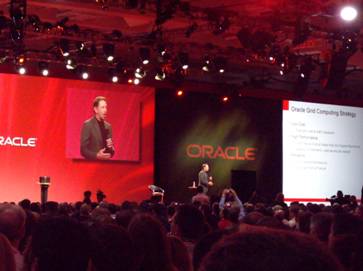
Oracle KeyNote
There were two Exhibition Halls open to conference attendees, each populated by various hardware, software and business service suppliers who were graciously willing to take a few minutes out of their busy schedule to tell you about their newest and greatest products and services. Many vendors offered free T-shirts, stickers, and various other giveaways. To have detailed technical questions answered and get some up close demonstrations, the Oracle Demo Grounds was the place to go. Tucked away in the rear corners of the Exhibition Halls, Oracle staff were on hand to answer questions and give demonstrations on a variety of products, features and technologies introduced during the week. I found the Demo Grounds to be an excellent place to go to further investigate anything of interest that may have been discussed during a session. The Oracle Partners lounge was a nice place to go for a light snack, fresh coffee and a comfortable place to sit down and rest after tearing around the Exhibition Hall for an afternoon.
There were several networking events (okay, big parties) at OpenWorld this year. A few blocks in downtown San Francisco were covered with a massive tent (over 760 feet long) that served as a cafeteria and relaxation lounge during the morning and afternoon, and as a nightclub after conference activities had ended for the day. These evening parties featured live bands, solo performers, DJs, break dancers and an assortment of good food. These parties did little to prepare me however for the highlight of the week, the Oracle OpenWorld Appreciation Event. I think that Oracle needs to work on a new name for this party that more accurately captures the scale and spirit of the event ( Orapalooza comes to mind). Nearly every tour bus in the greater San Francisco bay area must have been booked to ferry over 20,000 eager partygoers to the Cow Palace. From a distance, high powered spotlights could be seen painting the night sky. Upon arrival, a long red carpet led to the entrance of four giant tents, each with its own musical theme and food selections. The highlight of the evening for most was Elton John, who put on a great show inside the Cow Palace. In my opinion, the all female AC/DC tribute band (appropriately called AC/D-She) that performed in one of the outdoor tents stole the show.

Oracle Party
Something that is definitely worth noting about the OpenWorld experience is the level of organization required for an event of this scale. Dropping over 40,000 people in the downtown core of a major metropolitan area is a rather large logistical problem, but thanks to the hundreds of volunteers, security staff and Oracle employees, things moved along smoothly and we could concentrate on enjoying the week rather than worrying about getting lost or missing our free lunches.
Technology Highlights
Oracle uses OpenWorld as an opportunity to introduce new and emerging products and technologies. Some products and technologies introduced in past years were again given the spotlight at this year's event. These include Fusion Middleware, Service Oriented Architecture and JDeveloper. A newer product featured this year was Oracle Application Express.
A quote from the Oracle website describes Fusion Middleware as "A portfolio of leading, standards-based, hot-pluggable software that streamlines and optimize business and IT operations." Basically, "Middleware" is just a term used to describe software that lives between the database and end-user applications including developer tools, application server and business decision making tools, among others. The "Fusion" component of "Fusion Middleware" refers to Oracle's strategy of acquiring smaller software companies, wrapping their products in a shiny new Oracle container and integrating them into Oracle's ever expanding suite of applications. The advantage of this is that these applications can take advantage of a common set of tools used for administration, security and communication. The result of this strategy is lower cost and increased performance.
Oracle's Service Oriented Architecture (SOA) was another piece of technology that was discussed at length in several sessions. Various business logic components and individual functions are created as services that can be used by client / server applications. The advantage of this is that application developers don't need to worry about how these pieces are implemented. Applications are composed of one or more of these reusable and implementation independent services. As business requirements evolve and technologies change, these services can be updated and improved upon without requiring a major redesign of the applications that use them.
JDeveloper is Oracle's Java Integrated Development Environment. This product has been around for several years, but Oracle keeps adding new features to help developers build richer and more robust applications that take advantage of other Oracle technologies. The latest enhancements include Oracle's Application Development Framework (ADF) and Java Server Faces (JSF). Oracle designed ADF to be a development framework that extends the Java 2 Enterprise Edition (J2EE) standards to make building service oriented applications easier and faster. For the last several years, Oracle has been encouraging its customers running forms in client / server mode to move towards a strictly web based deployment using the J2EE technology stack. To this end, JDeveloper is the tool that developers will use to build web-based applications that take advantage of SOA and ADF. Some features of ADF include drag-and-drop data binding, visual design, application design and deployment.
Java Server Faces are quickly becoming the tool of choice for building user interfaces for Java based web applications. Much like Oracle Forms, JSF strives to be a more declarative tool that handles some of the more tedious coding tasks when building User Interface components such as text fields, buttons and check boxes. Developers using JSF are not completely relieved of their Java coding duties, but the burden is significantly reduced. One thing that was made clear is that JDeveloper with JSF is not a replacement for Oracle Forms, but it is getting closer to the level of declarative development that Oracle Forms application builders are accustomed to.
One of the newer Oracle products featured at this year's OpenWorld was Oracle Application Express (APEX). APEX is a hosted, declarative web based application development tool for Oracle databases. Applications developed using APEX exist inside the database itself, which means a high level of performance and security, as well as easy integration with other Oracle tools. For applications with relatively simple business logic and standard interfaces (referred to as horizontal applications), APEX is a viable alternative to using JDeveloper with JSF. APEX is not well suited to developing applications with multiple levels of business logic, validation and more complicated user interfaces (referred to as vertical applications). Some of the features of APEX include linked HTML reports, form creation wizards, spreadsheet uploading, flow control and user interface themes. A single database instance can also host thousands of APEX applications. The main advantage of APEX is the ease and speed at which relatively complex applications can be developed. Some of the limitations of APEX are that it is difficult to reuse components and can be very tricky to debug. One session I attended was a case study of how a summer student at CERN (home of the world's largest particle physics lab and birthplace of the World Wide Web) with virtually no programming experience used APEX to develop a sophisticated application to schedule on-site training courses, going from design to production in approximately six months.
Session Highlights
Having never attended a conference before, I wasn't quite sure what to expect from the sessions presented at OpenWorld. I pictured something between a University lecture and an Oracle infomercial. I was pleasantly surprised to discover that most of the sessions were very informative and a great place to ask questions and look under the hood of some new products and technologies. These sessions were geared towards areas such as Oracle applications (E-business suite, Peoplesoft Enterprise, Seibel), new technology, application development and various industry sectors. Most of the session presentations can be downloaded from the Oracle Technology Network (OTN) website. Each session was preceded by a disclaimer that the content offered was not a promise, contract, spit handshake or any other kind of binding agreement to provide products or services. The following is a brief summary of a few of the more interesting sessions that I attended.
PL/SQL Enhancements in 11g
This session was presented by Bryn Llewellyn, the PL/SQL product manager at Oracle. It was meant to give a preview of some of the new features of the next major release of the language. As a PL/SQL programmer, I found this session to be one of the highlights of the "curriculum". It was interesting to hear Bryn talk about how the architects of a programming language decide on which features to add and which ones to exclude. The latest version of the PL/SQL language may not have as much new functionality as past releases, but there are some useful and interesting new features including:
- Increased performance of DML triggers (up to 25%).
- Fine grained dependency tracking. In previous releases, if you have a view or package that uses a table and you modify that table ( ie. add a column), those views and packages will be automatically invalidated (Bryn called this "aggressive object invalidation"). In 11g, if you modify an element of a table that isn't used by the view or package, nothing is invalidated. This eliminates the need for excessive recompilation.
- Real native compilation means that a C compiler is no longer needed to compile PL/SQL code.
- SQL Query result cache. Results from SQL queries and stored procedures can now be cached for later use, resulting in increased performance.
- Fine grained access to TCP packages ( utl_smtp, utl_tcp, etc) means security on these packages can be defined for individual ports and URLs.
- Compound triggers are a new kind of trigger that can include a before, after, row and statement all in a single trigger.
- Read-only tables.
- Using sequences without DML. Yes, now x := nt sequence.nextval is valid syntax.. This may seem like a small enhancement, but it was the only item presented during the session that elicited a round of applause.
New Oracle 10g / 9i Features for Developers
This session was meant to introduce database application developers to some of the new features introduced in the last few major releases of the Oracle database. While it didn't present anything new, it did outline some very useful features including:
- DML error logging allows errors on DML operations to be caught and recorded while allowing processing to continue. A reject limit can be set that specifies the number of errors that must occur before processing is stopped and a rollback executed.
- Flashback table. When a table is dropped, it is stored in a recycle bin. The table can be restored until this recycle bin is purged.
- Merge statements allows an insert or an update to be implemented in one statement. If the record does not exists in the database, then insert, otherwise update.
- DBMS_METADATA package provides an API to get database object DDL.
- Multi-table inserts conditionally insert into one table or another, or insert the same record into multiple tables at the same time.
- Global temporary tables hold session-private data and exist only for the duration of the transaction or session.
- Bulk binding allows multiple DML statements to be executed in bulk, reducing the number of context switches.
Integrating Oracle Forms and Service Oriented Architecture
Oracle Forms developers around the world can breathe a sigh of relief. Oracle Forms is not going away any time soon. There are simply too many customers with considerable investment in this product to suddenly force them to convert their current Forms based applications to J2EE. Customers are being encouraged to upgrade their Forms applications to the latest version so that they can be integrated into the Service Oriented Architecture. Repeat after me. Upgrade and Integrate. Upgrade and Integrate. Very good.
The runtime environment for Oracle Forms has been integrated into the Application Server (AS), which allows Forms applications to be accessed as services via Portal. There are three main reasons why Oracle has moved in this direction.
- Deploy applications to the 3-tier Internet model. This model consists of the interface (presentation), middleware (business logic) and back-end database (services).
- Allow Forms applications to operate with other applications deployed to the AS including Java/J2EE applications or Web Services.
- Take advantage of a common environment. This allows Forms applications to use other AS features such as Single Sign On, Identity Management and Enterprise Manager, thus reducing the cost of administration and security.
This session also discussed some of the new features that will be introduced in the upcoming release of Forms 11.
- Forms will be able to be triggered by external events. Currently, only user initiated events ( ie. pressing a button) or timers can trigger code inside a form. This enhancement will allow external processes that communicate with Oracle Advanced Queuing to send messages to a Forms application and cause triggers to fire.
- In previous releases, each session had to create a new Forms server process. Forms 10g introduced pre-starting so multiple user sessions could be pre-started, reducing startup time. In Forms 11, these pre-started sessions can be scheduled in a variety of ways to better suit performance needs at any given time.
- JavaScript integration will allow JavaScript in a web page to raise Form events, and Forms applications will be able to use JavaScript.
- A new performance tuning tool will be able to identify and correct some common performance bottlenecks.
San Francisco Highlights
Oracle OpenWorld is so jam packed with activities that it could be hosted almost anywhere and still be a great event. The city of San Francisco serves as another key reason to attend.
We arrived at the Hotel Union Square to discover that our room wouldn't be ready for several hours, which gave us a perfect excuse to hop on a cable car and head down to the Fisherman's Wharf.

Hotel Union Square
This area of town is focused on attracting tourists and keeping them there. It boasts a large number of gift shops, restaurant and other attractions. There is a group of sea lions that have adopted one of the piers as their home, and large crowds gather each day to watch them swim in the water and fight over the perfect spot to suntan. There are two World War II era naval vessels moored close by; the Liberty ship USS Jeremiah O'Brien and the submarine USS Pampanito. We took a guided audio tour of the Pampanito, and it was very interesting to hear from the actual crew what life aboard a submarine during the war was like.
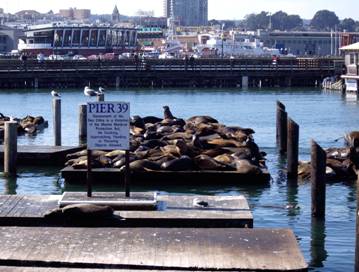
Pier 39
Probably the main attraction that draws tourists to the Bay area is Alcatraz Island. I was told by several past OpenWorld attendees that it was worth it to take the time to travel to the island and take the guided audio tour and I would have to agree. We traveled to the island on our last full day in San Francisco, and the boat was filled to capacity. You get to learn about the history of Alcatraz, what life was like during it's time as a prison and of course hear a full retelling of the infamous inmate escape in 1962.
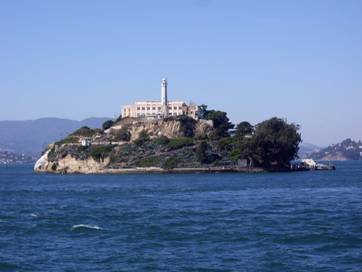
The famous prison - Alcatraz
Conclusion
So, that brings me to the end of my OpenWorld experience. From talking to other ESTI staff who had attended in past years, I thought that I had a pretty good idea of what was in store. I am happy to report that my expectations were greatly exceeded. Oracle gets top marks for putting on a first class event.
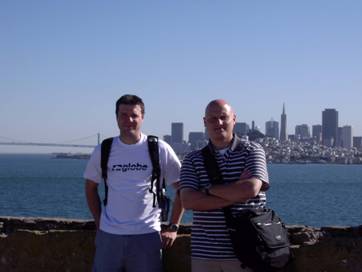
Jemal Kobussen, Bryce Allen






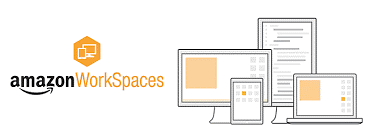
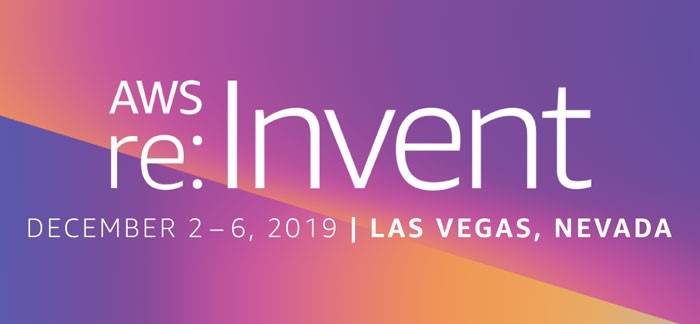
_5ce4583728a9b0_58099909.png)
